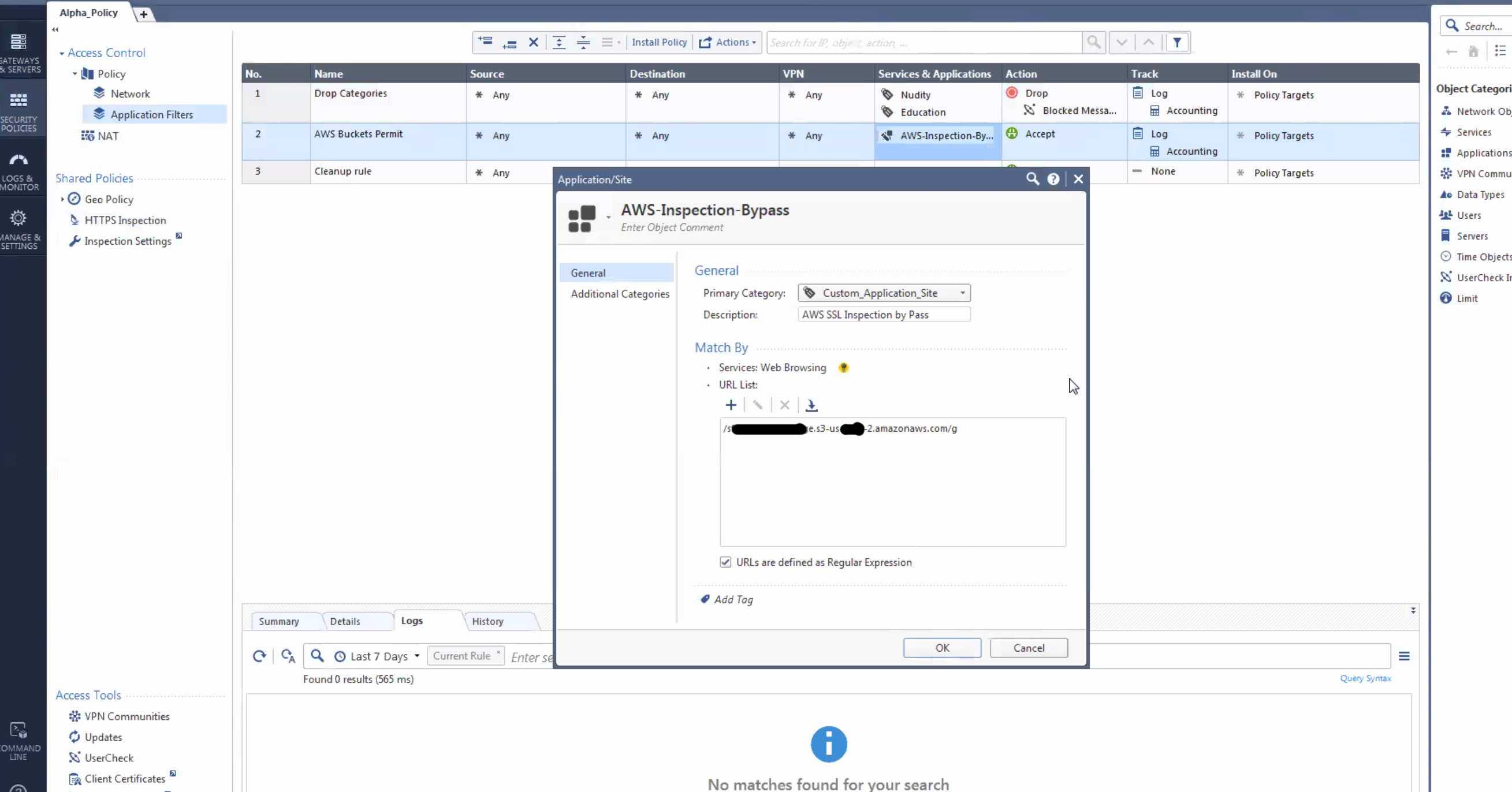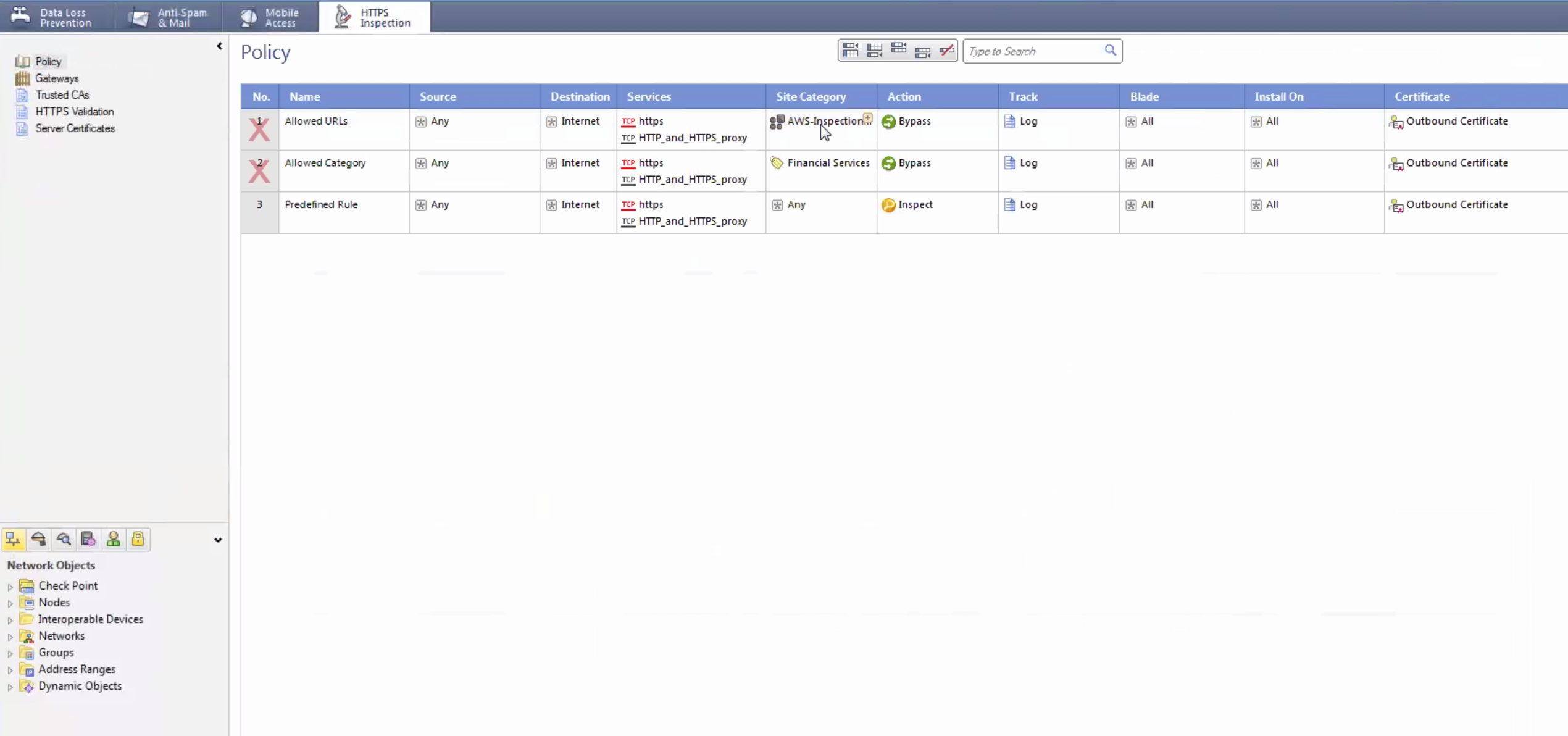- Products
Network & SASE IoT Protect Maestro Management OpenTelemetry/Skyline Remote Access VPN SASE SD-WAN Security Gateways SmartMove Smart-1 Cloud SMB Gateways (Spark) Threat PreventionCloud Cloud Network Security CloudMates General CloudGuard - WAF Talking Cloud Podcast Weekly ReportsSecurity Operations Events External Risk Management Incident Response Infinity AI Infinity Portal NDR Playblocks SOC XDR/XPR Threat Exposure Management
- Learn
- Local User Groups
- Partners
- More
This website uses Cookies. Click Accept to agree to our website's cookie use as described in our Privacy Policy. Click Preferences to customize your cookie settings.
- Products
- AI Security
- Developers & More
- Check Point Trivia
- CheckMates Toolbox
- General Topics
- Products Announcements
- Threat Prevention Blog
- Upcoming Events
- Americas
- EMEA
- Czech Republic and Slovakia
- Denmark
- Netherlands
- Germany
- Sweden
- United Kingdom and Ireland
- France
- Spain
- Norway
- Ukraine
- Baltics and Finland
- Greece
- Portugal
- Austria
- Kazakhstan and CIS
- Switzerland
- Romania
- Turkey
- Belarus
- Belgium & Luxembourg
- Russia
- Poland
- Georgia
- DACH - Germany, Austria and Switzerland
- Iberia
- Africa
- Adriatics Region
- Eastern Africa
- Israel
- Nordics
- Middle East and Africa
- Balkans
- Italy
- Bulgaria
- Cyprus
- APAC
CheckMates Fest 2026
Join the Celebration!
AI Security Masters
E1: How AI is Reshaping Our World
MVP 2026: Submissions
Are Now Open!
What's New in R82.10?
Watch NowOverlap in Security Validation
Help us to understand your needs better
CheckMates Go:
Maestro Madness
Turn on suggestions
Auto-suggest helps you quickly narrow down your search results by suggesting possible matches as you type.
Showing results for
- CheckMates
- :
- Products
- :
- General Topics
- :
- Re: whitelist AWS S3 buckets using complex URI / U...
Options
- Subscribe to RSS Feed
- Mark Topic as New
- Mark Topic as Read
- Float this Topic for Current User
- Bookmark
- Subscribe
- Mute
- Printer Friendly Page
Turn on suggestions
Auto-suggest helps you quickly narrow down your search results by suggesting possible matches as you type.
Showing results for
Are you a member of CheckMates?
×
Sign in with your Check Point UserCenter/PartnerMap account to access more great content and get a chance to win some Apple AirPods! If you don't have an account, create one now for free!
- Mark as New
- Bookmark
- Subscribe
- Mute
- Subscribe to RSS Feed
- Permalink
- Report Inappropriate Content
whitelist AWS S3 buckets using complex URI / URL patterns?
We're working with a customer who wishes to make a whitelist entry for a range of AWS S3 bucket addresses in their firewall. The names would be in the form:
abc-*-xyz.s3-us-east-2.amazonaws.com
OR
abc-*-xyz.s3.us-west-1.amazonaws.com
Where the "*" would be a randomly generated string that maps to an ephemeral name for a particular S3 bucket.
They are claiming this is not possible because the host in the URI has more than 3 parts. So they say that if it were "abc-*-xyz.amazonaws.com" it could work. But the other pieces in that host make it an invalid authority to use in a whitelist entry.
Is that true? Might it be a limitation of some very old version? I would welcome any pointers to appropriate documentation about this as well as answers.
Thanks!
7 Replies
- Mark as New
- Bookmark
- Subscribe
- Mute
- Subscribe to RSS Feed
- Permalink
- Report Inappropriate Content
That doesn't sound right.
What steps are they following to try and do this on which version?
- Mark as New
- Bookmark
- Subscribe
- Mute
- Subscribe to RSS Feed
- Permalink
- Report Inappropriate Content
These were, of course, my first questions as well. I am awaiting replies on both. The other detail that I do know is that this is related to deep packet inspection with SSL. The reason for the whitelisting is to have the data streams inbound from S3 on those address patterns exempt from the inspection.
In general, do you believe that a host in a URI can only have 3 parts? Or can it be arbitrarily long so long as it is a valid host name?
- Mark as New
- Bookmark
- Subscribe
- Mute
- Subscribe to RSS Feed
- Permalink
- Report Inappropriate Content
I've never heard of such a limitation myself (related to number of hosts/domain in a URI).
- Mark as New
- Bookmark
- Subscribe
- Mute
- Subscribe to RSS Feed
- Permalink
- Report Inappropriate Content
Spoke to an engineer today who pointed out that if you create the URL as a regex instead of a plain URL, you can essentially use any form you need to. So that may be a solution for us in this case, and certainly may help others facing similar challenges. This would then be connected to the https inspection policy as an exception to avoid the deep packet inspection.

- Mark as New
- Bookmark
- Subscribe
- Mute
- Subscribe to RSS Feed
- Permalink
- Report Inappropriate Content
Regex is definitely the way to go with this.
As I recall, you can't use a custom application in the HTTPS Inspection rulebase, but you should be able to use the "category".
Is that working for you?
- Mark as New
- Bookmark
- Subscribe
- Mute
- Subscribe to RSS Feed
- Permalink
- Report Inappropriate Content
I'm doing all of this through proxies (people), but the way this engineer configured it was to add an entry to the policy for HTTPS inspection to bypass anything that matched those regexs for the URLs. That did seem to do the trick according to what we could tell. This was done on 80.10, but still not clear the exact version the client has.

- Mark as New
- Bookmark
- Subscribe
- Mute
- Subscribe to RSS Feed
- Permalink
- Report Inappropriate Content
Looks like this was all the result of confusion. With some help from Brian Butts, what we discovered is that if you request something like bucketname.s3.us-west-2.amazonaws.com from AWS, they will respond from s3.us-west-2.amazonaws.com, and their certificate shows *.s3-us-west-2.amazonaws.com. These translations that cut off the bucket name likely account for the thought that the rules woudl not work with longer address, since these longer addresses were not involved with the responses and therefore a bypass on them would never work. SO it's a different issue all together.
I've opened a new thread to discuss this: https://community.checkpoint.com/message/28606-base-a-bypass-rule-on-the-request-address-not-the-res...
Leaderboard
Epsum factorial non deposit quid pro quo hic escorol.
| User | Count |
|---|---|
| 19 | |
| 10 | |
| 10 | |
| 10 | |
| 6 | |
| 3 | |
| 2 | |
| 2 | |
| 2 | |
| 1 |
Upcoming Events
Thu 08 Jan 2026 @ 05:00 PM (CET)
AI Security Masters Session 1: How AI is Reshaping Our WorldThu 22 Jan 2026 @ 05:00 PM (CET)
AI Security Masters Session 2: Hacking with AI: The Dark Side of InnovationThu 12 Feb 2026 @ 05:00 PM (CET)
AI Security Masters Session 3: Exposing AI Vulnerabilities: CP<R> Latest Security FindingsThu 26 Feb 2026 @ 05:00 PM (CET)
AI Security Masters Session 4: Powering Prevention: The AI Driving Check Point’s ThreatCloudThu 08 Jan 2026 @ 05:00 PM (CET)
AI Security Masters Session 1: How AI is Reshaping Our WorldThu 22 Jan 2026 @ 05:00 PM (CET)
AI Security Masters Session 2: Hacking with AI: The Dark Side of InnovationThu 26 Feb 2026 @ 05:00 PM (CET)
AI Security Masters Session 4: Powering Prevention: The AI Driving Check Point’s ThreatCloudAbout CheckMates
Learn Check Point
Advanced Learning
YOU DESERVE THE BEST SECURITY
©1994-2025 Check Point Software Technologies Ltd. All rights reserved.
Copyright
Privacy Policy
About Us
UserCenter


